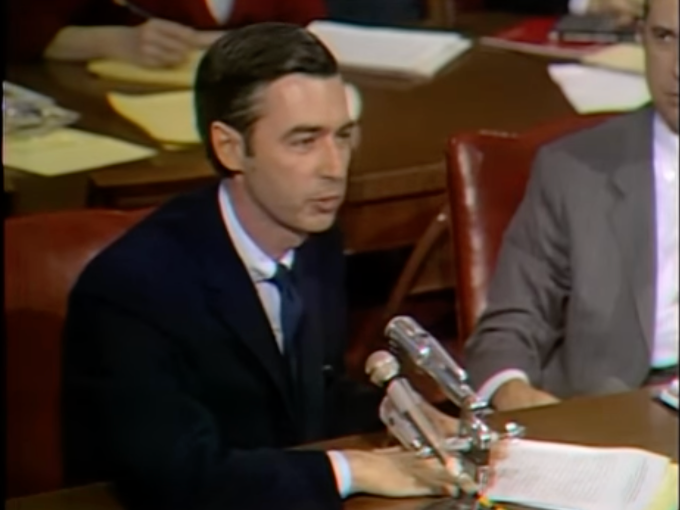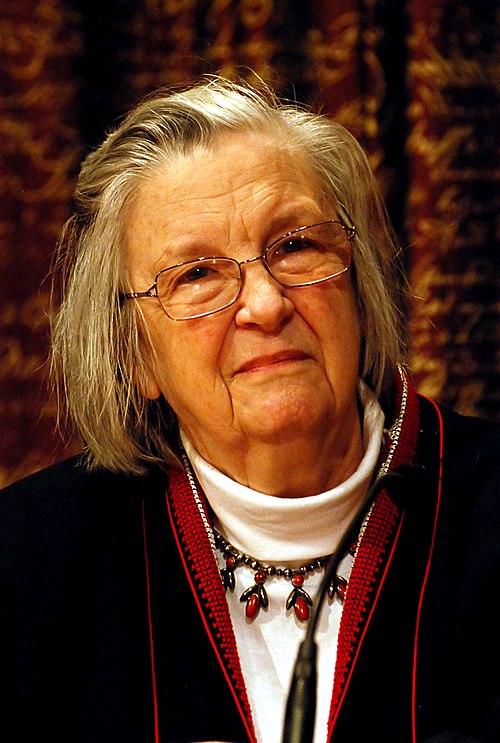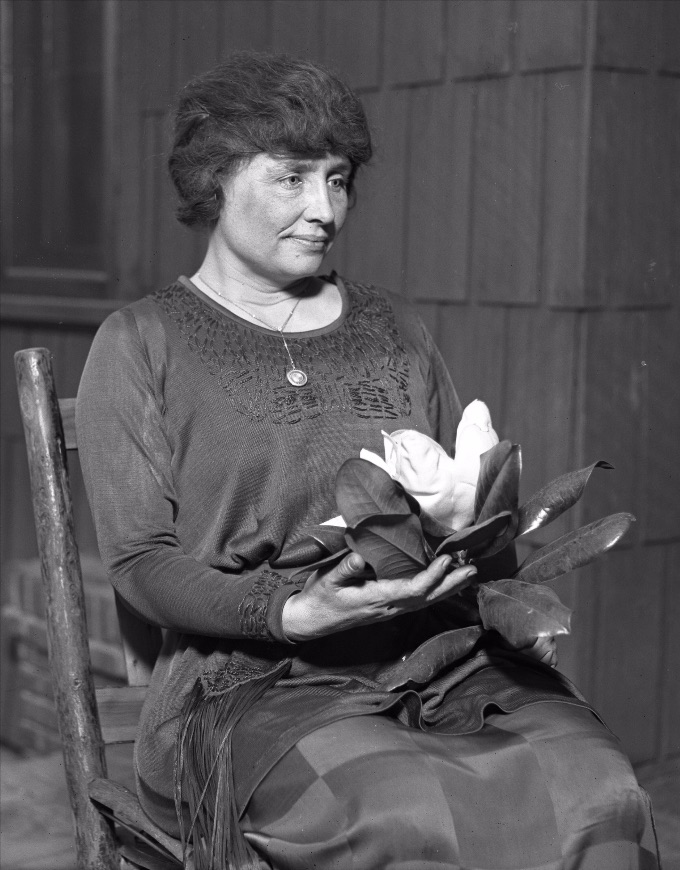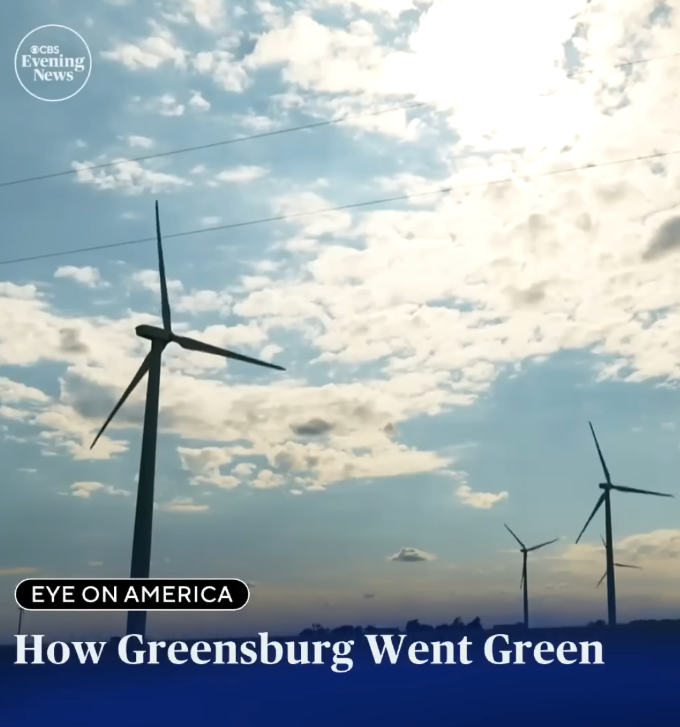July 12, 2024
Civics
Fred Rogers, Marshall Rosenberg and synchronicty

We've talked before about how on May 1, 1969, Fred Rogers appeared before the U.S. Senate commerce Committee requesting funds to help support the growth of a new concept - national public television.
"I feel that if we in public television can only make it clear that feelings are mentionable and manageable we will have done a great service for mental health."
"I think that it's much more dramatic that two men could be working out their feelings of anger, much more dramatic than showing something of gunfire."
He spoke of a song he sings about the agency that kids can own when they recognize and acknowledge their feelings. "This has to do with that good feeling of control which I feel that children need to know is there. It starts out 'what do you do with the mad that you feel,' and that first line came straight from a child I was working with."
I'm bringing this pitch to your attention again because of a new connection that my synapses have found. If you've studied Marshall Rosenberg's Nonviolent Communication you will recognize this emphasis on feelings as being central to the NVC pedagogy of conflict resolution. While there is no documented evidence that Fred Rogers and Marshall Rosenberg knew each other, it is striking that the earliest version of the NVC model (observations, feelings, needs, and action-oriented wants) was included as a part of a training manual Rosenberg prepared in 1972, just three years after this quietly impassioned speech.
VIDEO: May 1, 1969: Fred Rogers testifies before the Senate Subcommittee on Communications




